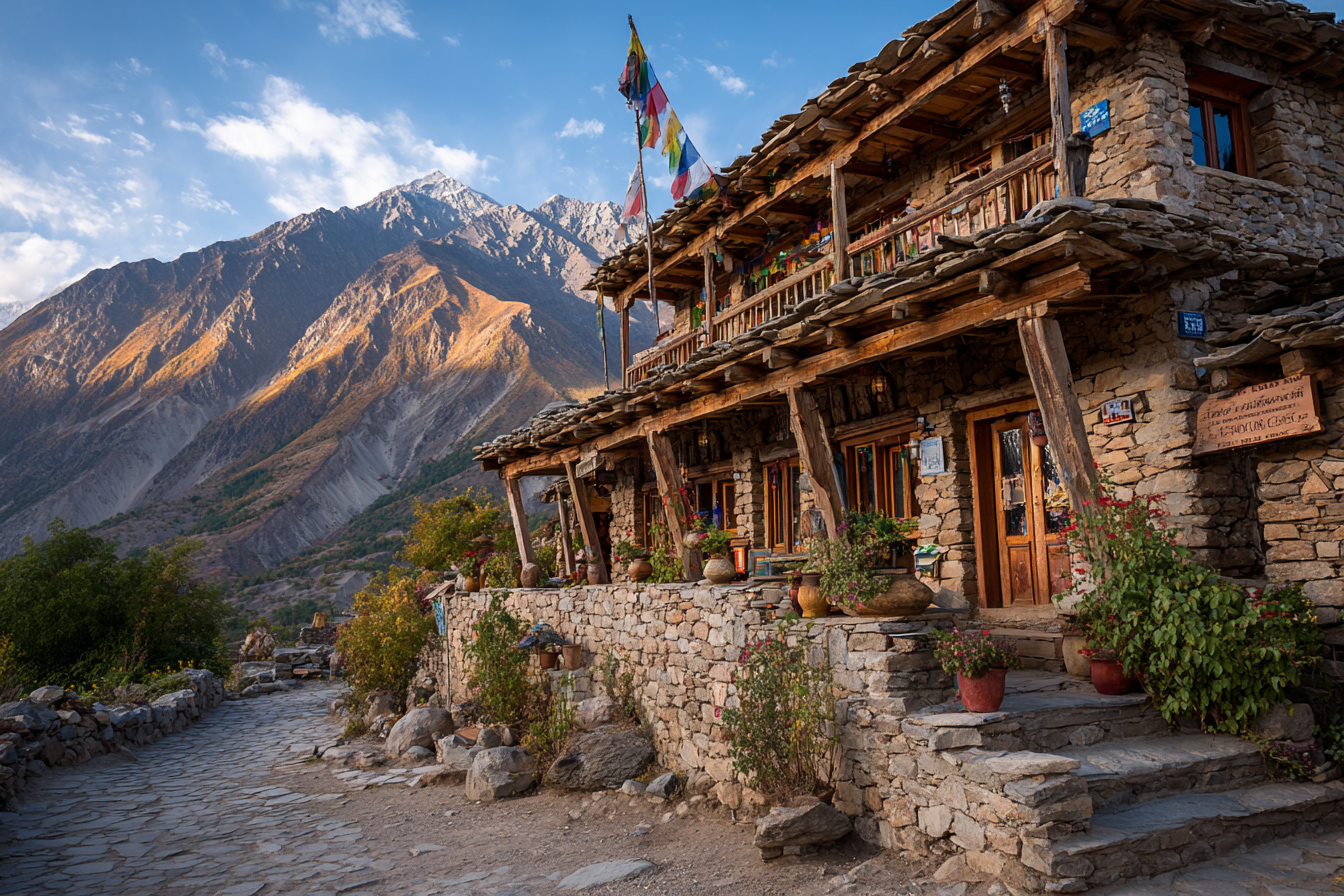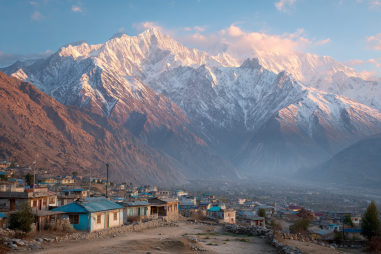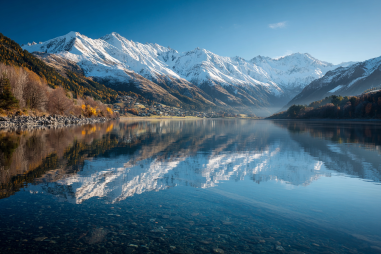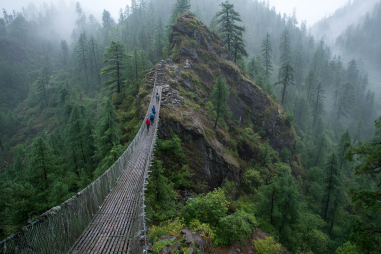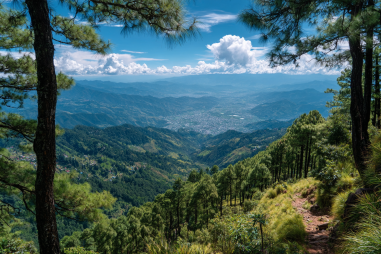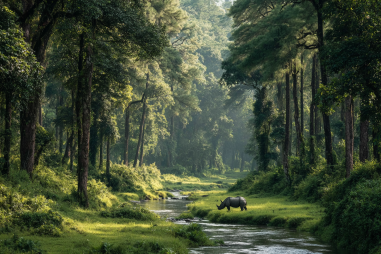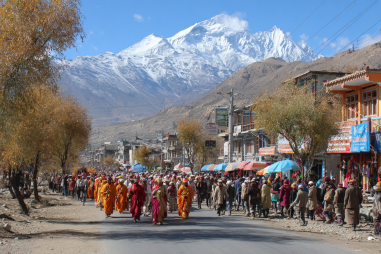Trekking in the breathtaking landscapes of Jomsom offers an unforgettable Himalayan adventure, and choosing the right accommodation plays a vital role in making your journey comfortable and enjoyable. Whether you’re a seasoned trekker or a first-timer exploring these majestic mountains, understanding the types of lodging available and what to expect can greatly enhance your experience. This guide will walk you through various accommodation options along the popular Jomsom trekking routes, giving insights into amenities, costs, booking tips, and safety considerations, so you can focus on the stunning scenery and the thrill of the trek.
Types of Accommodations Available During the Trek
When trekking around Jomsom, you’ll primarily find three types of accommodation: teahouses, guesthouses, and lodges. These can vary significantly in terms of comfort, facilities, and price, so it’s good to know what each entails.
- Teahouses: These are the most common and popular choice for trekkers. Teahouses are basic lodges that offer a bed and simple meals, usually family-run and cozy. They provide a warm respite after a long day on the trail and are scattered throughout the trekking routes.
- Guesthouses: Slightly more comfortable than basic teahouses, guesthouses might have private rooms and better facilities, including attached bathrooms and lounges. They often cater to trekkers looking for a bit more privacy or a quieter atmosphere.
- Lodges: At the higher end, lodges may offer upgraded amenities such as hot showers, Wi-Fi, and even small shops or cafes. Not every village will have lodges, but in more popular stopping points, they’re an excellent option if you’re looking to unwind in more comfort.
Regardless of the category, accommodations in these mountain regions maintain a rustic charm that reflects the local culture and hospitality.
Popular Teahouses and Guesthouses in Jomsom and Surrounding Trails
As the gateway to the Annapurna and Mustang regions, Jomsom town itself has a wide range of lodging options. Some popular choices include:
- Hotel Osho’s Paradise: Known for clean rooms and a friendly atmosphere, it’s a favorite among trekkers arriving or departing Jomsom.
- Hotel Marsyangdi: Offers comfortable rooms and good food with a scenic view of the surrounding mountains.
- Royal Mustang Hotel: A guesthouse with basic amenities and a welcoming environment in the heart of Jomsom market.
Along the trail from Jomsom towards Muktinath, Kagbeni, or onwards to the Annapurna Circuit, you’ll come across teahouses like New Yak Hotel in Kagbeni or Muktinath Tea House, which provide essential comforts while preserving the traditional mountain village charm.
Amenities and Price Ranges
Amenities offered in trekking accommodations around Jomsom can vary widely, often influenced by altitude, remoteness, and local infrastructure. Most teahouses provide basic dormitory-style or private rooms with shared bathrooms. Hot showers may be available but sometimes cost extra due to limited water heating resources. Wi-Fi is becoming more common in larger villages and some guesthouses but shouldn’t be expected in more remote locations.
Meals in these lodges typically include hearty Nepali dishes like dal bhat (rice and lentils), soups, and simple Western foods such as pasta or toast, making it easy for trekkers to refuel.
In terms of pricing, expect the following approximate ranges depending on the season:
- Rooms: $5 to $20 per night, with guesthouses and lodges at the higher end
- Meals: $3 to $8 per meal
- Hot showers: Around $2 to $5
Prices tend to increase at higher altitudes due to the difficulty of transporting goods.
Booking Tips and Seasonal Availability
During peak trekking seasons (Spring from March to May and Autumn from September to November), accommodation in Jomsom and along the trails can get fully booked, so it’s wise to reserve your room in advance if you prefer specific lodges or guesthouses.
In the off-season, many teahouses may close, especially in winter when heavy snowfall limits accessibility. It’s important to plan your trek during times when the majority of teahouses are open — typically spring and autumn — to ensure you have a place to stay each night on the trail.
If you prefer flexibility, arriving early in the day at popular villages might help you secure a walk-in room. For solo travelers and groups alike, communicating with your trekking agency or local guides can facilitate pre-booking accommodations to avoid last-minute hassles.
What to Expect from Mountain Accommodations
When you stay in mountain accommodations on the Jomsom trek, prepare for a simple, no-frills experience that prioritizes functionality and warmth over luxury. Electricity is often limited to a few hours a day or provided by solar panels, so charging devices might require a small fee.
Heating is usually through wood or kerosene stoves in common areas, creating a cozy gathering spot for trekkers to share stories and relax. In private rooms, heating may be minimal or absent, so bringing warm clothing and a good sleeping bag is essential, especially at higher altitudes.
Keep an open mind and embrace the local lifestyle — the hospitality of the mountain people is one of the highlights of trekking this region.
Advice for Solo and Group Travelers
Solo trekkers will find that teahouses are great social hubs, often fostering an atmosphere where travelers meet, exchange tips, and enjoy communal meals. Many lodges welcome solo guests warmly, and communal dining tables make it easier to connect.
For groups, booking ahead is particularly important to secure contiguous rooms or even exclusive sections in larger guesthouses. Some accommodations also cater to groups with group-friendly meal options and space for briefing or resting together after a tough day.
If traveling solo or in groups, respecting local customs and maintaining a low-impact footprint helps keep these accommodations sustainable for future visitors.
Safety and Hygiene Considerations
Mountain accommodations have improved hygiene standards over the years but may still be basic compared to urban hotels. Be sure to carry hand sanitizer and possibly your own toilet paper, as these are not always available.
Regarding safety, check that the lodge has emergency contact information and is prepared to assist in case of altitude sickness or other medical needs. Trust your instincts — if a place feels unsafe or unsanitary, it’s okay to move on and find a better option.
Drinking boiled or treated water and eating cooked meals helps minimize the risk of food-borne illnesses. Also, inquire about proper waste disposal at lodges to support environmental conservation efforts in this fragile ecosystem.
Choosing Where to Rest on Your Trek
Selecting the right accommodation during your Jomsom trek depends on your personal preferences, budget, group size, and trekking schedule. If you value comfort and amenities, prioritizing guesthouses and lodges in larger villages is the way to go. For those seeking authentic local experiences and camaraderie with fellow trekkers, teahouses offer just that in a warm, welcoming setting.
Regardless of where you stay, embracing the natural beauty of the region and the genuine hospitality of the people along the trail will enrich your Himalayan adventure. Planning ahead and being flexible will ensure you find the best places to rest, recover, and prepare for each day’s trek in these spectacular mountains.

